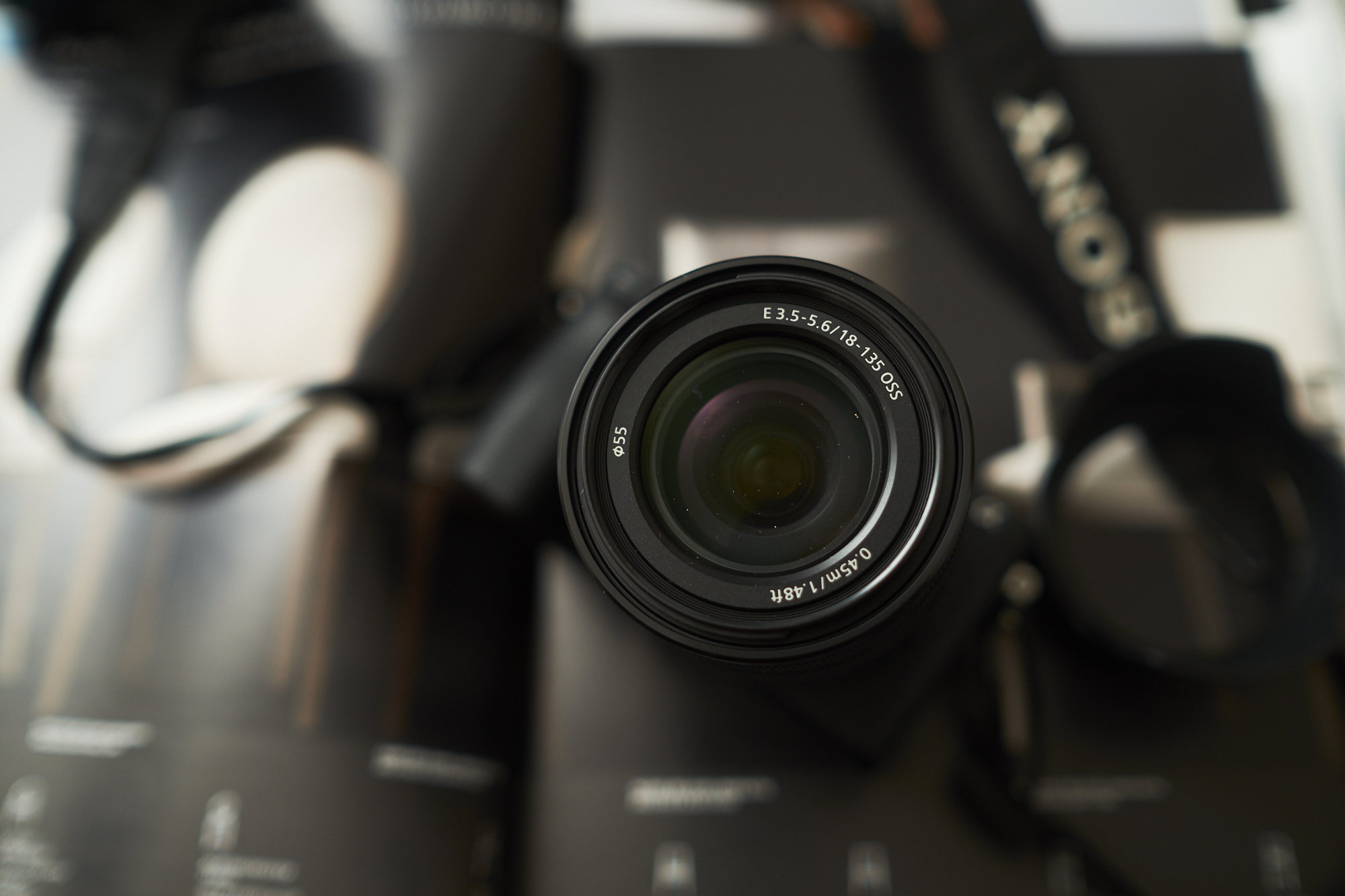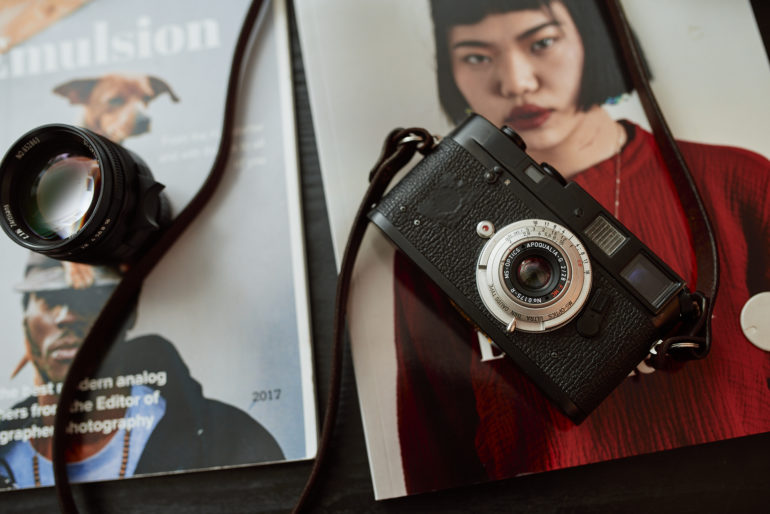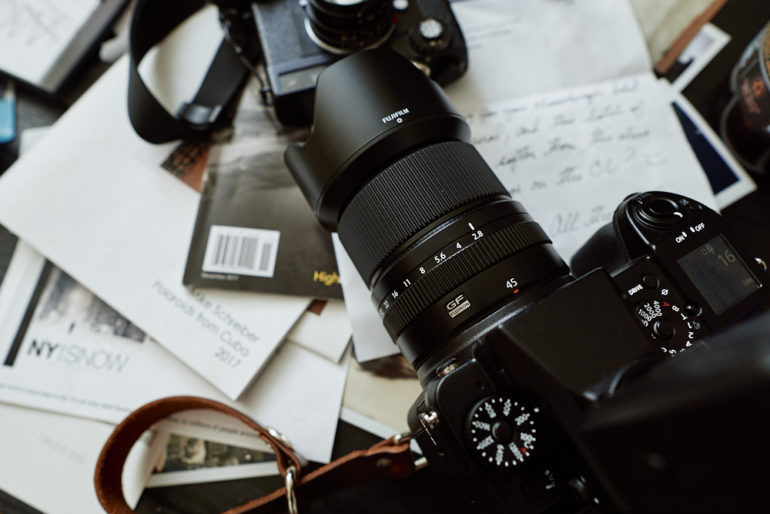Last Updated on 05/30/2018 by Mark Beckenbach
In many cases, camera gear just doesn’t hold its value like it used to
One of the reasons why I still hold onto my Canon 5D Mk II is because it’s pretty much worthless for me to sell it at this point. I’ve done the same thing for my Sony a7 and Fujifilm X Pro 1–except that those are cameras I use on a fairly regular basis. But for photographers who want to switch from one system to another, there are more problems than you’d think. In many cases it has determined why someone purchases one piece of equipment over and another, and yet what happens is that cameras, and not necessarily the accessories around them, get the most digital rot.
The inspiration for this article comes from my buddy Jeff, who said the following to me:
I recently sold a pair of SB800 flashes, well used, but cared for, with boxes and manuals for $275 each on Craigslist. I paid $309 for them as gray markets from Adorama 8 years ago. Last night I sold one of my D700 bodies, again, well used, 68k clicks on the original shutter, but cared for, with box and manuals for $575 with the original receipt from Roberts camera in aug 2008 for $2,499. I was surprised at the flash and happy with the D700.
Crazy, right? But this isn’t new per se. Lenses have always held their value much longer than cameras have because it’s harder to make a lens obsolete. But that could change soon with cameras jumping one another in megapixels over and over again. We talked with manufacturers about this awhile back. Flashes amazingly hold their value pretty well too. Lights and flashes are nice, but it’s very difficult for someone to be able to tell the difference between one flash’s output and the other. Profoto is very specific about their marketing and a lot of their sample images from various photographers all look similar. Elinchrom is the same, as is Paul C Buff. The only major variety that I often see is from Phottix. As stated earlier though, most people won’t be able to tell what sort of flash shot what image. If you were to go even further, the same could be said for lenses and cameras. But it can sometimes be easier to spot the differences.
However, lights and flashes are going to start losing their value overtime with so many options popping up on the third party market. With a plethora of cheap, bang for your buck, and effective options it’s very difficult to justify buying an option from a first party. Sony, Canon, and Nikon have some nice flashes. But they’re very expensive given the competition. If you break an offering from Adorama’s Orlit or Flashpoint for example, you can often just purchase a brand new one with no real issues. With the first party brands, you’re out of luck. Trust me, I know. I used to be the photographer so proud of my Canon 580 EX II and 430 EX II. But when other brands started making really good flashes and monolights for cheaper than what Canon could do, I jumped ship. For my business that just makes sense.
I asked some of our staff about this too. “Lenses for the most part tend to retain a significant amount of their value over time, but with all the new players popping up in lighting, a lot of older tech are beginning to depreciate more than they historically have,” says contributor Paul Ip. “A lot of people, myself included, are starting to flock to the cheaper, and in many cases, superior offerings from third parties. Godox/Flashpoint & Orlit are prime examples.” He reasons that for what you’d spend on a Nikon or Canon flash, you can get two or three of them from a third party. However, the premium third parties like Profoto and Broncolor are still going for really high prices.
Our curation editor Anthony Thurston is in agreement with Paul. “The big, expensive brands do still command a premium, and do still retain their value well,” Anthony states. “But this economy these days isn’t about having the best anymore, it’s about having the ‘good enough’, and thanks to technology there really isn’t a ton separating these $300 lights and the $1,000+ lights, except brand recognition, and a few misc features/functionality that most people likely don’t need and wont use.”
For digital cameras, the third party market has always been a buyer’s market more than a seller’s market unless you’re Leica or Medium Format. Typically, the best purchases are made two generations after a product has been discontinued: so the Sony a7r is going for a steal right now vs when it came out due to the Sony a7r III being available.
While I’d love for my camera kit to hold its value well past its probably four year lifespan, that’s probably never going to happen unless it’s a Leica. And so unfortunately, we just need to accept how disposable digital photography has become.




